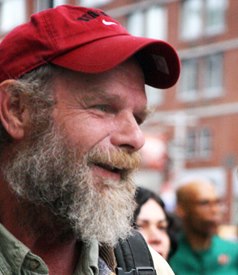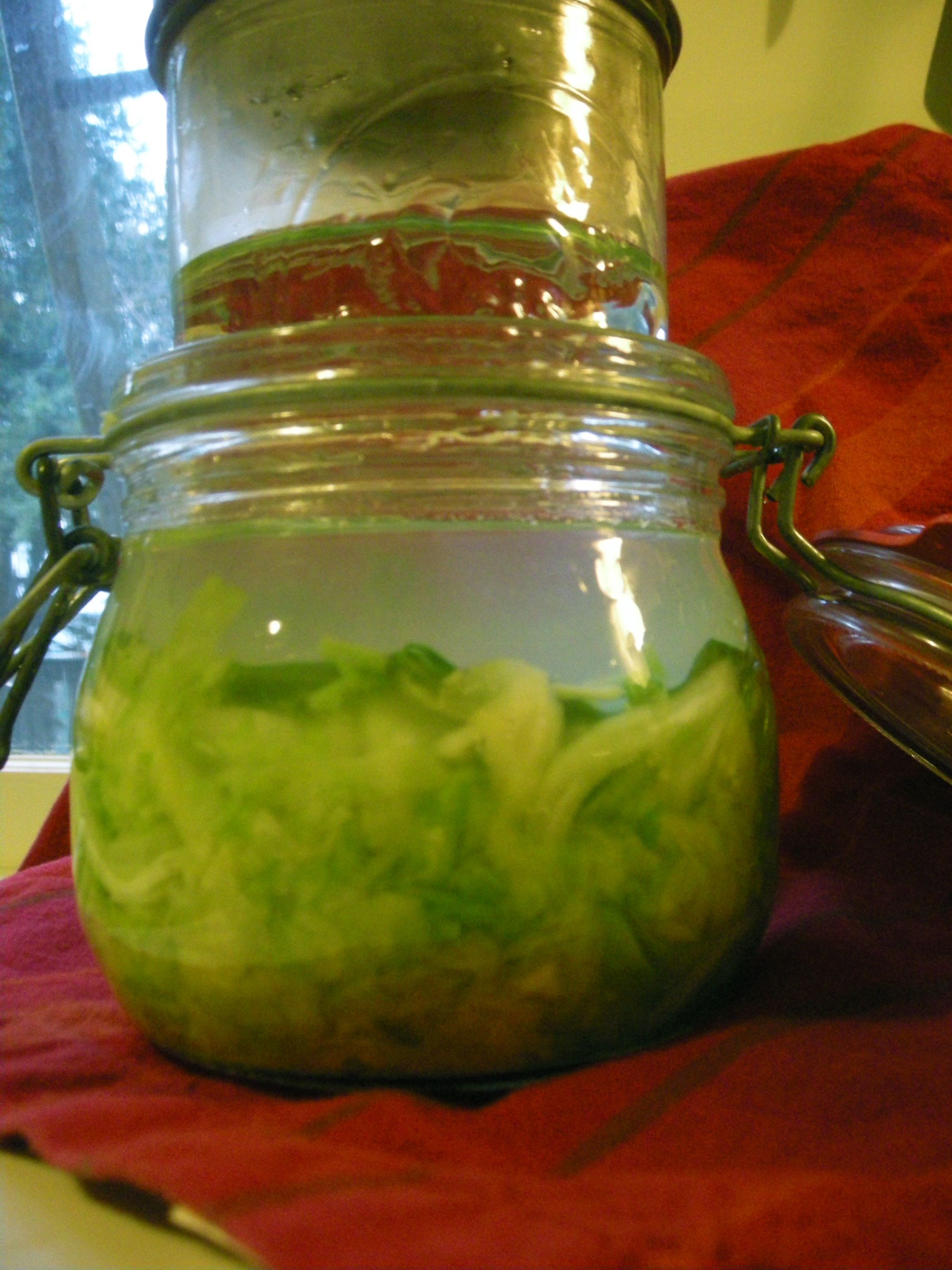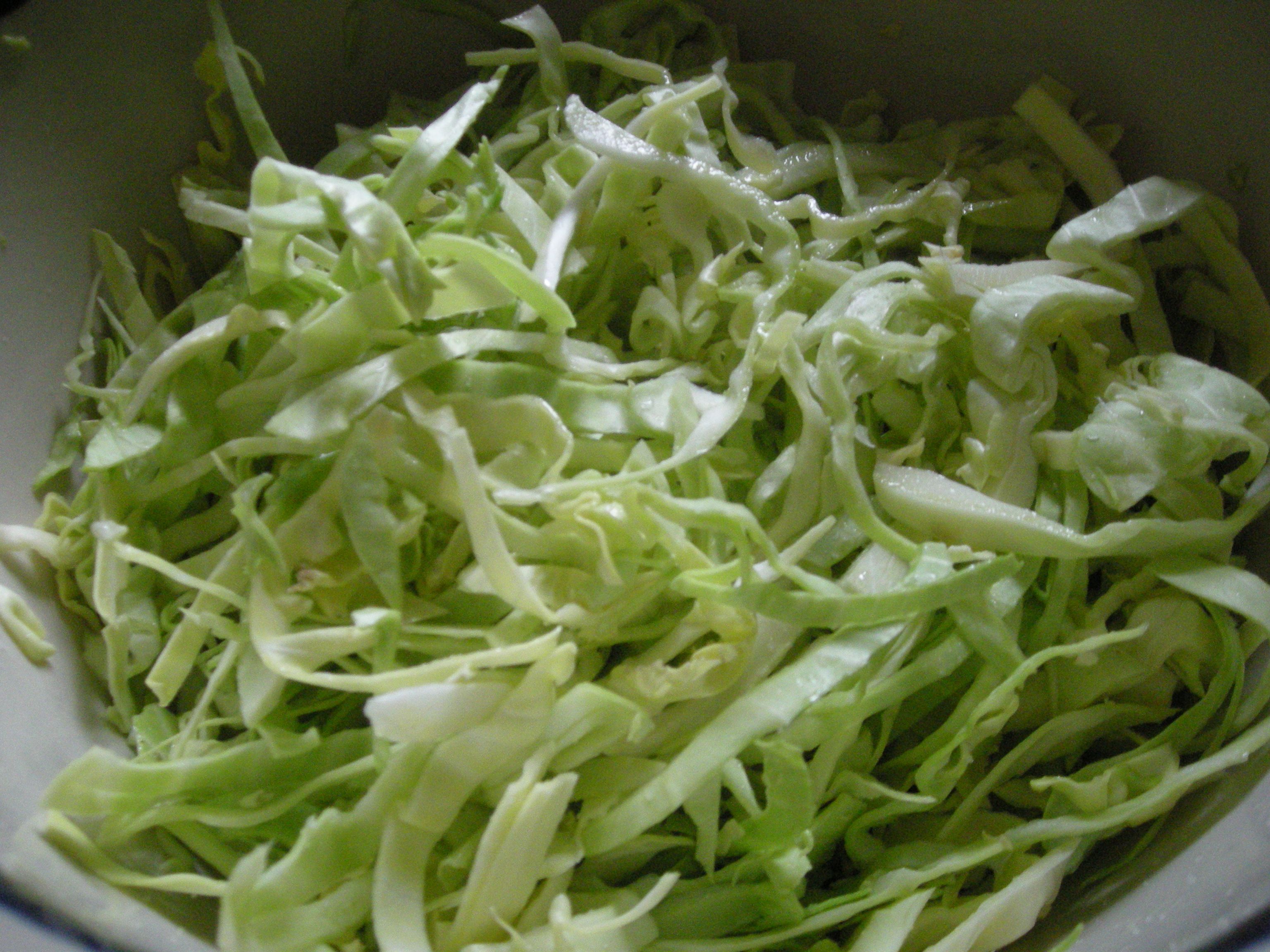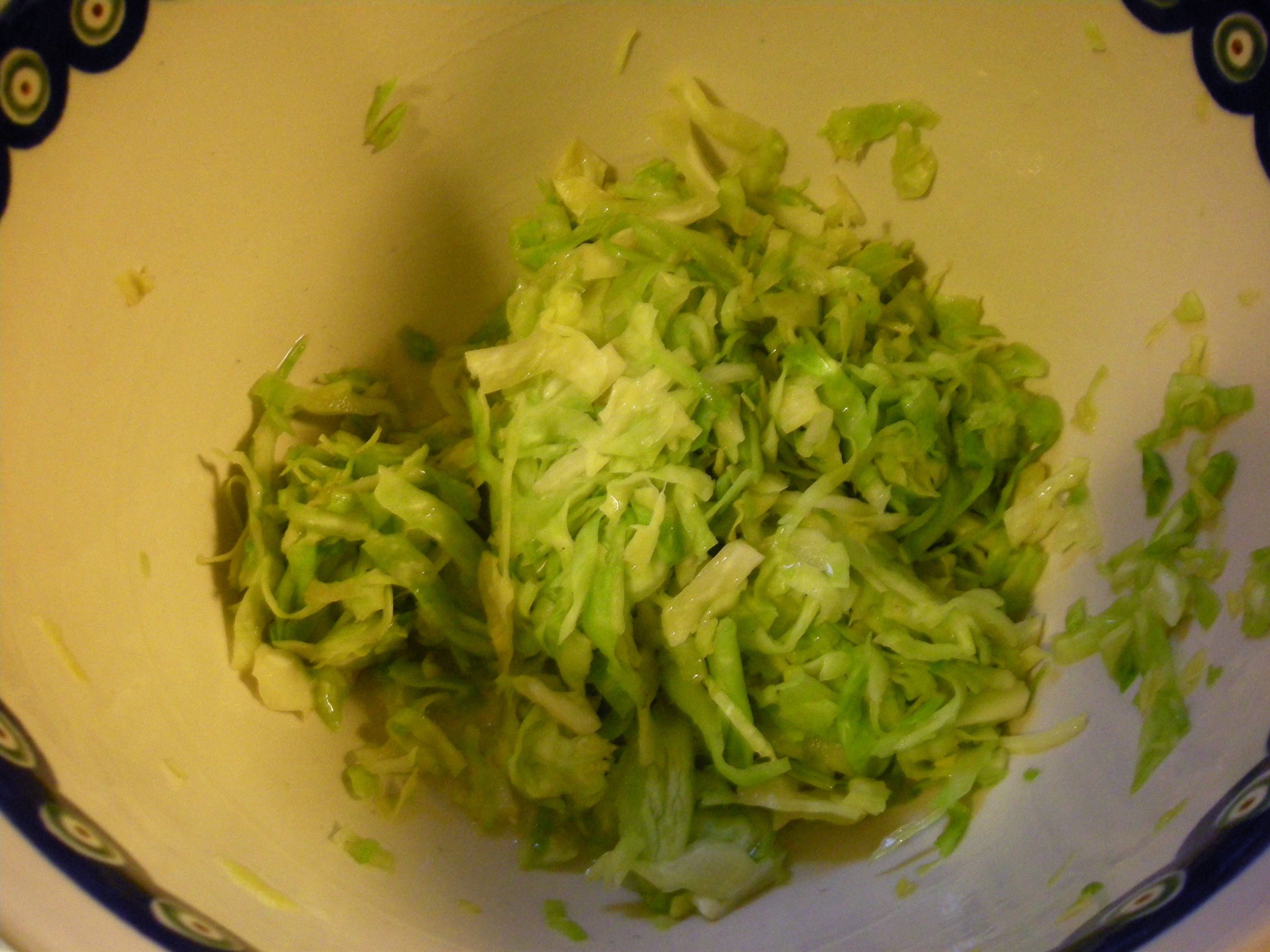The Summer Heat Campaign has demands; four of them.
NO more toxic hazards.
NO Keystone XL pipeline.
NO refining tar sands or fracked crude.
YES to a just transition from dirty fuels to union jobs in clean energy.
The organizers at 350 Bay Area and dozens of aligned groups, such as the Center for Biological Diversity, Chinese Progressive Association, and Idle No More have been demonstrating to bring their solutionary criteria up-close and personal to both government and the energy industry.
Saturday, August 3rd, Summer Heat held their most recent action at the Chevron refinery in Richmond, CA. The event took place one year and three days after negligence fostered conditions leading to an accident, which sent 15,000 people into hospitals with respiratory problems.

Richmond Police estimate that there were 2,800 people in attendance. A total of 208 participants were arrested. Up to date we know of three California Student Sustainability Coalition members who were among those arrested. Melody Leppard, Tommy Diestel, and Ben Johnson did not come to the action anticipating arrest, but that is exactly what happened.
A civil disobedience training took place in a parking lot near the Richmond Bart station, directly before the march began. Leppard, Diestel, and Johnson took part in this training. It was there that Leppard, intern at PowerShift and CSSC Campus Organizing Training Coordinator, states she felt called to join a smaller group planning to break away from the larger rally and face arrest.
During the act of civil disobedience, Leppard sat with others before Chevron’s front gate, refusing to move. Leppard states she had chills going up and down her spine, coupled with a huge sense of solidarity,
“I looked around. These were my brothers and sisters in the fight!”
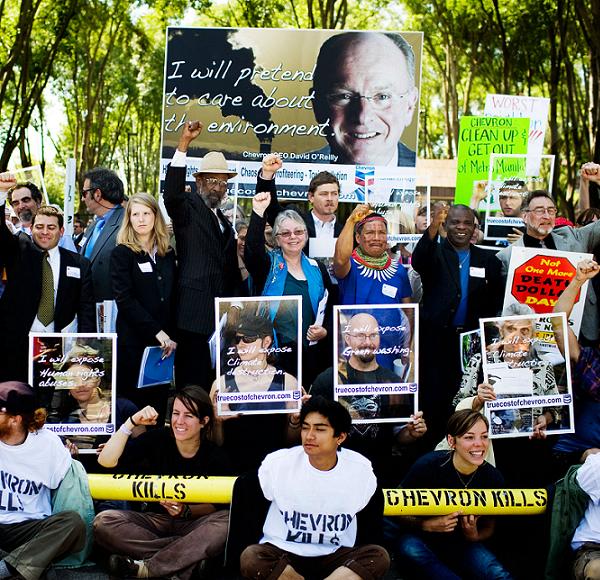
CSSC Council Representative for Butte College Ben Johnson, an intended Environmental Science Major, said he felt inspired by all the types of peoples and groups represented within the mass wave of the demonstrators.
All participants were following the leadership of Indigenous activists from Idle No More, an Indigenous rights movement which started last year in Canada, and has since proliferated into the global arena in an unprecedented way.
“It was unlike any march I have ever been to. Idle No More led the way. Instead of chanting, they were beating their drums and singing songs in their languages. At times, some protesters tried to interrupt by getting to the front of the line and starting chants. They did not understand what was going on, but the organizers at 350 Bay Area stopped them”, reflected Leppard. According to her, Indigenous leaders were also the first to be arrested.
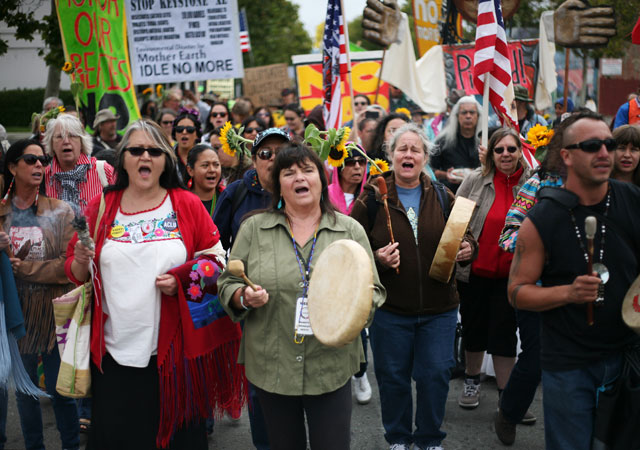
“This is really important work. I encourage other people to get involved. It is more meaningful than signing petitions and going to protests.” - Melody Leppard
To learn more about and join in on this movement, please take a look at our Fossil Fuel Free California campaign. There are actions happening across the state and plenty of opportunities to contribute!
By: Ambrosia Krinsky

